Table of Content
- What Are AI Voice Agents?
- How AI Voice Agents Work: A Layered Approach
- Identifying AI Voice Agents Use Cases
- AI Voice Agent (LLM-based) —- Key Characteristics
- AI Voice Agent Architecture
- Understanding Latency in AI Voice Agents
- How AI Voice Agents Reduce Latency
- Real Time Streaming Inference
- Latency Optimization–Duplex AI Models
- Krasamo AI Development Services
The way we interact with technology is evolving—voice is becoming the most intuitive interface. AI voice agents are at the forefront of this transformation, enabling businesses to automate conversations and enhance customer interactions like never before.
What Are AI Voice Agents?
AI voice agents are artificial intelligence-powered systems designed to interact with humans through voice-based conversations. Their impact is particularly significant in customer service, where they help reduce wait times, improve response accuracy, and enhance customer satisfaction.
As businesses strive to meet growing consumer expectations, AI voice agents provide 24/7 support, ensuring instant and efficient communication without the bottlenecks of traditional call centers.
These agents leverage advancements in generative AI, natural language processing (NLP), and speech technologies to perform a wide range of tasks traditionally handled by human operators. To create seamless and natural interactions, AI voice agents integrate multiple technologies that mimic human conversation.
- Automatic Speech Recognition (ASR) converts spoken words into text, enabling the system to accurately understand user input.
- Large Language Models (LLMs) analyze context, intent, and sentiment to generate the most appropriate response.
- Text-to-Speech (TTS) technology transforms the AI-generated response back into spoken language, ensuring fluid, real-time conversations.
These components work together to make AI voice agents feel intuitive, responsive, and capable of handling complex dialogues, providing businesses with scalable, intelligent automation for voice-based interactions.
How AI Voice Agents Work: A Layered Approach
AI voice agents rely on an interconnected system of speech processing, language understanding, response generation, and backend integration to create seamless, human-like conversations. Understanding these core layers enables stakeholders to evaluate AI voice solutions effectively and engage meaningfully with developers.
1. Input Processing: Capturing and Converting Speech
Before an AI voice agent can understand and respond, it must first process raw audio inputs and extract meaningful linguistic data:
- Raw Audio Capture – Converts spoken input into digital signals.
- Voice Activity Detection – Identifies when a user is speaking and filters out background noise.
- Language Detection – Determines the spoken language, ensuring accurate recognition.
- Speech Recognition (ASR) – Transcribes spoken words into text using automatic speech recognition models.
2. Understanding Layer: Interpreting Meaning & Context
Once the AI voice agent has transcribed speech into text, it applies contextual analysis and AI reasoning to derive meaning and intent:
- Context Analysis – Examines prior interactions and conversational history.
- Dynamic Knowledge Base – Retrieves and stores relevant information for personalized responses.
- AI Understanding – Integrates external knowledge and applies semantic analysis for deeper comprehension.
- Emotion Analysis – Detects vocal tone and emotional cues to adjust responses accordingly.
3. Response Generation: Crafting Human-Like Replies
After interpreting the input, the AI voice agent formulates a response and prepares it for voice output:
- Response Planning – Determines the most appropriate reply based on intent and context.
- User Personalization – Adapts responses based on user preferences and historical interactions.
- Voice Synthesis (TTS) – Converts generated text into natural, human-like speech.
- Voice Output – Ensures clear, high-quality audio delivery optimized for different accents and tones.
- Speech-to-Speech Processing – Bypasses traditional text-based pipelines, allowing AI to generate speech directly while preserving tone, pacing, and emotion.
- Full-Duplex AI – Enables AI to listen and speak simultaneously, handling interruptions and overlapping speech for more natural conversations.
4. Security & Monitoring: Ensuring Reliability & Compliance
To meet enterprise standards, AI voice agents incorporate security and performance monitoring tools:
- Security Layer – Implements voice authentication, encryption, and regulatory compliance (e.g., HIPAA, GDPR).
- System Monitoring – Tracks performance, detects errors, and continuously refines AI behavior.
The strength of an AI voice agent lies in the seamless interaction between these layers. From speech recognition to AI-driven personalization and secure backend integrations, each component communicates dynamically to enable fast, reliable, and intelligent conversations.
Whether deployed in customer service, healthcare, or financial applications, this technology is transforming voice-based interactions into an automated, intelligent, and scalable solution.
Identifying AI Voice Agents Use Cases
AI-powered voice agents are transforming business operations by automating customer interactions and streamlining voice-based workflows. These systems leverage speech technologies and generative AI to facilitate natural conversations, reducing labor costs, improving efficiency, and ensuring 24/7 availability.
However, successful adoption requires identifying the right use case where voice automation provides the most value. Strong indicators for AI voice implementation include high call volume, labor shortages, structured and low-complexity conversations, industries with strict compliance needs, and the demand for round-the-clock service.
To maximize the benefits of AI voice agents, businesses should take a phased approach. The best strategy is to start small with a targeted use case that provides immediate impact, such as automating appointment scheduling or handling simple customer inquiries. This allows companies to test AI capabilities, gather insights, and refine performance before scaling further.
Once AI is successfully deployed for a specific function, the next step is to optimize AI-human collaboration by ensuring seamless transitions between automated and human-assisted interactions. AI should handle routine and repetitive tasks while escalating more complex or nuanced cases to human representatives.
As confidence in AI capabilities grows, businesses can expand to more advanced applications, such as sales outreach, customer retention, and multilingual support, ensuring AI voice technology becomes an integral part of broader digital transformation initiatives.
Despite its advantages, deploying AI voice agents comes with challenges. The bar for success is high because users expect AI interactions to be as fluid and natural as speaking to a human. Poorly designed AI voice experiences can frustrate customers, leading to lower engagement and adoption. Additionally, accuracy, latency, and conversational flow must meet a high standard to be considered viable replacements for human agents.
Integrating AI with existing business systems, ensuring compliance with industry regulations, and maintaining data privacy are also barriers. Businesses must continually refine their AI models, incorporating real-world interactions and feedback to enhance performance over time.
By carefully selecting the right entry point, refining AI-human collaboration, and methodically scaling AI voice capabilities, businesses can unlock new efficiencies and create a seamless, intelligent voice experience that enhances customer engagement and operational success.
AI Voice Agent (LLM-based) —- Key Characteristics
An effective AI voice agent should provide a frictionless interaction, ensuring fast, responsive, and natural conversations without noticeable delays or robotic-sounding speech. Users should feel as if they are speaking to a human-like assistant that immediately understands them and responds seamlessly.
A human-like conversational flow is essential, allowing the AI to handle interruptions, different accents, and multi-turn conversations with fluidity. Unlike traditional voice assistants that struggle with context switching, a well-designed AI system should maintain a natural rhythm and adapt dynamically to the conversation.
Beyond responsiveness, personalization and context awareness enhance the user experience by enabling the AI to remember past interactions, adapt to user preferences, and provide tailored responses instead of generic, one-size-fits-all answers. This level of personalization makes interactions more relevant and engaging.
Additionally, emotional intelligence plays a critical role in making AI interactions feel more human. A well-developed AI voice agent should detect tone, adjust its responses accordingly, and convey the right level of emotion and nuance to build trust and connection with users.
Seamless integration into workflows ensures that AI voice agents are not just standalone tools but are embedded into existing business systems, tools, and processes. This allows interactions to be productive rather than frustrating, enabling smooth transitions between automated and human-assisted tasks.
Finally, a truly impactful AI voice agent must surpass user expectations, going beyond simple task completion to actively enhance interactions with unexpected levels of helpfulness, accuracy, and adaptability. By anticipating needs and continuously improving, an AI voice agent can transform how users engage with technology, creating a more efficient and engaging experience.
Backend Logic & Integration with Business Systems
AI voice agents must seamlessly connect with backend business systems to perform real-world tasks, such as scheduling appointments, retrieving customer information, processing transactions, or updating records. These integrations allow AI-driven voice interactions to move beyond simple conversational exchanges and into actionable business operations.
By integrating with Customer Relationship Management (CRM) platforms, databases, API services, and other AI systems, AI voice agents can access and update information in real time, ensuring accurate and up-to-date responses.
Additionally, in industries with strict security and compliance requirements—such as finance and healthcare—secure authentication layers like voice biometrics or two-factor authentication (2FA) are essential to verify user identity and protect sensitive data. A well-integrated AI voice system enhances efficiency by streamlining workflows, reducing human intervention, and enabling a seamless exchange of information across business processes.
AI Voice Agent Architecture
When implementing AI voice agents, businesses can choose between full-stack platforms and self-assembled architectures, each offering distinct advantages based on technical requirements, customization needs, and operational constraints.
A full-stack AI voice platform provides an all-in-one solution, handling automatic speech recognition (ASR), large language models (LLMs), text-to-speech (TTS), dialogue management, and backend integrations within a single ecosystem.
These platforms are examples of Horizontal Platforms – general-purpose platforms that provide AI voice agent capabilities across multiple industries. They act as infrastructure providers, allowing businesses from different domains to integrate AI voice capabilities into their products. Voice AI platforms like Retell, Vapi, and Bland, examples of these Horizontal Platforms, streamline deployment by reducing the complexity of integrating multiple technologies. This option is ideal for businesses looking for a faster time-to-market, lower development overhead, and pre-built integrations with common business tools such as CRM platforms and scheduling platforms.

However, full-stack AI platforms may have limitations, including reduced flexibility and reliance on third-party infrastructure. This can be a constraint for companies requiring custom logic, domain-specific training, or high-security compliance.
On the other hand, a self-assembled architecture allows businesses to customize each layer of the AI voice stack, integrating best-in-class components from specialized Model Companies. These companies focus on building the core AI models that power voice agents, developing foundational technologies like text-to-speech (TTS), speech-to-text (STT), and natural language understanding (NLU). Examples of Model Companies include ElevenLabs (TTS) and Cartesia (NLU).

This approach provides greater control over performance, cost, and data security, making it ideal for industries with strict compliance requirements or highly specialized workflows. This can be enhanced by use of Verticalized Platforms – platforms that focus on specific industries or use cases, tailoring AI voice agents to a particular domain’s needs. They offer solutions optimized for industries like healthcare, finance, customer service, etc. Examples include HappyRobot and HelloPatient.
However, this level of customization requires significant technical expertise to manage multiple APIs, train custom models, and optimize system performance.
To enhance AI voice agent capabilities, businesses can leverage both fine-tuning and prompting-based approaches. Fine-tuning improves industry-specific accuracy, while advanced prompting techniques allow companies to steer AI responses dynamically in real time without modifying the underlying model. This enables faster deployment and easier customization for evolving business needs.
Recent advancements in AI voice processing, such as real-time speech-to-speech models, are improving responsiveness and reducing latency in AI voice interactions. Full-duplex models, such as Moshi, further push the boundaries by enabling AI to listen and speak simultaneously, eliminating the rigid turn-taking structure of traditional voice agents.
For businesses exploring self-assembled architectures, these innovations offer greater flexibility in designing AI voice agents that can handle interruptions, adapt dynamically, and deliver more human-like interactions.
The choice between full-stack and self-assembled architectures depends on business objectives, scalability, and technical expertise. Horizontal platforms suit businesses needing rapid deployment and minimal customization, while self-assembled architectures offer greater control and adaptability for industries with specialized needs.
Engaging with developers early in the decision-making process ensures that stakeholders understand the trade-offs and can align their AI voice strategy with long-term business goals.
Key Infrastructure Components for AI Voice Agents
The effectiveness of an AI voice agent relies on robust infrastructure that bridges the gap between raw AI models and production-ready systems. The following components are critical in building a scalable and efficient AI voice architecture:
- Voice AI Platforms (Horizontal Platforms): Provide pre-built pipelines for speech recognition, natural language understanding, and voice synthesis, reducing development complexity.
- Custom AI Orchestration Layers: Manage dialogue flow, interruptions, and dynamic responses, ensuring fluid, human-like conversations beyond what an LLM alone can do.
- Real-Time Streaming & Latency Optimizations: Enable instantaneous interactions, avoiding robotic or delayed responses.
- Enterprise Integrations (CRM, ERP, APIs): Connect AI voice agents to business workflows for data retrieval, user authentication, and transaction processing.
- Security & Compliance Layers: Implement voice biometrics, encryption, and regulatory compliance to meet the strict requirements of finance, healthcare, and other regulated industries.
Understanding Latency in AI Voice Agents
Latency is a critical factor in AI voice agents, as it directly influences how natural and fluid conversations feel. In human-to-human communication, the typical response time falls within 200-300 milliseconds (ms). Any delay beyond this threshold disrupts the conversational flow, making interactions feel slow and unnatural. AI voice agents that exceed this range risk creating robotic or frustrating experiences for users.
Traditional AI voice systems rely on a multi-stage process, where speech is first converted to text (ASR), processed by a language model (LLM), and then converted back into speech (TTS). Each of these steps introduces latency, often adding up to several seconds of delay before the AI responds. This processing lag makes interactions feel disjointed, especially in real-time conversations such as customer support, virtual assistants, and call automation.
To create seamless, human-like interactions, AI voice agents must match human expectations by generating responses at near-human speeds. Reducing latency not only improves the naturalness of dialogue but also enhances engagement and usability, making AI-powered conversations feel intuitive and responsive.
How AI Voice Agents Reduce Latency
To achieve real-time responsiveness, AI voice agents must process speech efficiently, minimizing delays at every stage of the interaction.
One of the key advancements in reducing latency is optimized AI inference, which leverages specialized hardware accelerators such as TPUs (Tensor Processing Units) and GPUs (Graphics Processing Units). These high-performance processors enable AI models to run speech recognition, natural language understanding, and speech synthesis faster than traditional CPU-based systems. By parallelizing computations and optimizing model execution, TPUs and GPUs significantly cut down response times, making AI voice interactions more fluid and natural.
Real Time Streaming Inference
Another major improvement in latency reduction comes from real-time streaming inference. Instead of waiting for the full processing of input speech before generating a response, AI models now process and generate speech dynamically, in smaller increments. This ensures that responses begin as soon as enough data is available, rather than waiting for an entire phrase or sentence to be processed. This approach eliminates delayed, block-based speech generation, allowing for faster, uninterrupted conversations.
By combining optimized AI inference with real-time streaming, modern AI voice agents can achieve latency levels comparable to human conversation, ensuring engaging, smooth, and natural dialogue experiences.
Latency Optimization–Duplex AI Models
Traditional AI voice agents process speech in a turn-based manner, meaning they listen, process, and then respond sequentially, which creates unnatural pauses and slow interactions. Full-duplex AI models, or multimodal speech text foundation models, such as Moshi, eliminate these delays by enabling AI to listen and speak simultaneously, allowing for fluid, real-time conversations. This technology makes AI voice agents more responsive, interruption-aware, and capable of handling overlapping speech, ensuring a natural, human-like experience. By adopting full-duplex AI, businesses can enhance customer engagement, reduce frustration, and improve overall efficiency in voice-driven interactions.
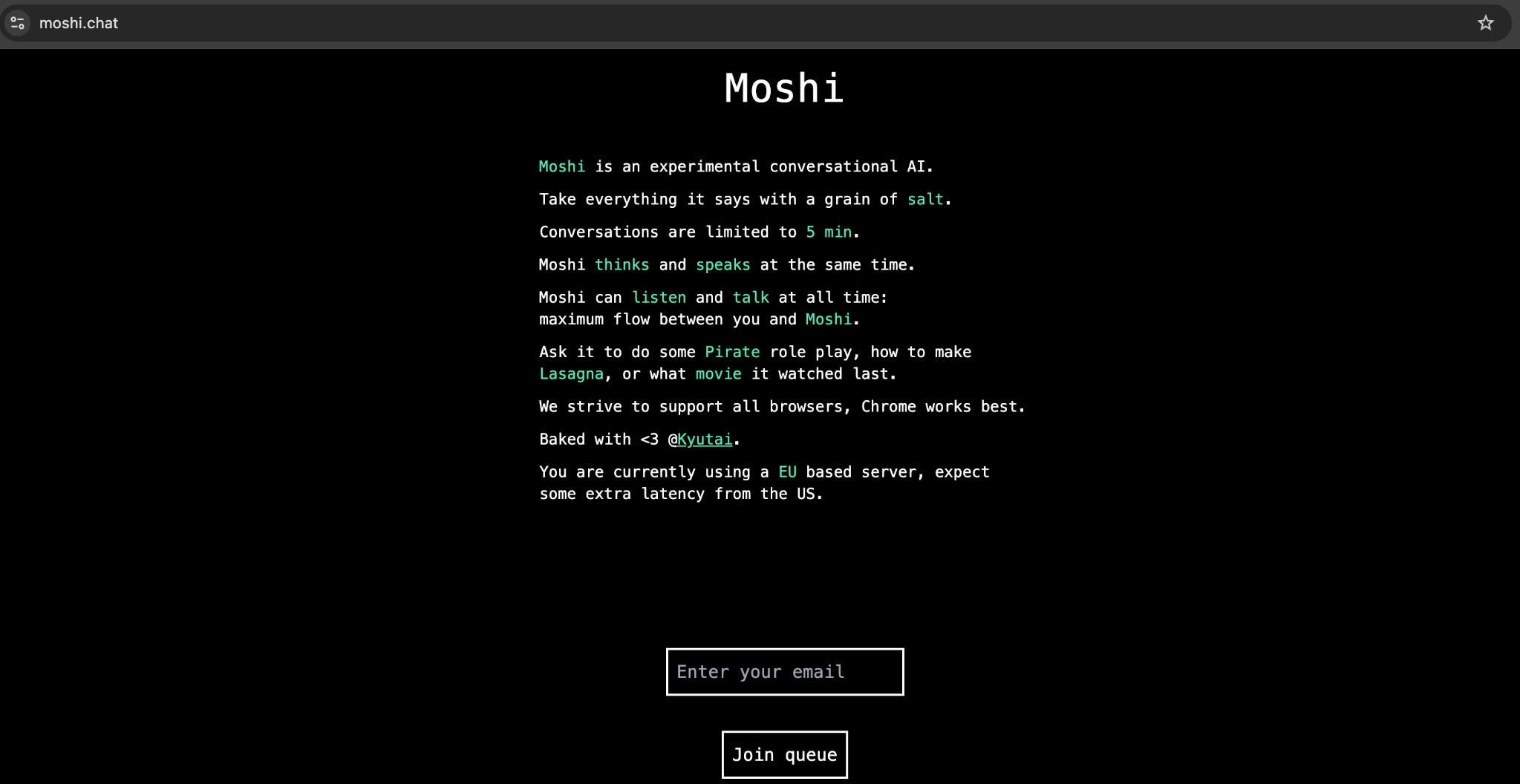
Krasamo AI Development Services
Building a successful AI voice agent requires more than just using pre-trained models—it demands a robust infrastructure that bridges the gap between raw AI models and production-ready systems. At Krasamo, our AI developers engineer the critical components that transform base AI technologies into fully functional, real-world applications.
Our team specializes in integrating foundational AI models—including large language models (LLMs), automatic speech recognition (ASR), and text-to-speech (TTS) engines—with enterprise-ready solutions. While these models provide core speech processing capabilities, they lack real-time optimizations, business logic, workflow automation, and seamless backend integrations—all essential for enterprise deployment.
We help businesses design and implement the infrastructure needed for scalable and high-performance AI voice systems. This includes:
- Conversation flow management for fluid interactions.
- Latency reduction to enable real-time responses.
- API integrations with CRMs, databases, and enterprise platforms.
- Compliance tools to meet industry regulations.
- Monitoring & analytics to continuously improve AI performance.
Our AI voice solutions are designed to handle live interactions, retrieve customer data, adapt to user-specific contexts, and integrate seamlessly with backend systems. Whether you’re exploring full-stack AI voice platforms or custom-built architectures, we can guide you in selecting the right tools, platforms, and middleware to bring your AI vision to life.
References:
Moshi: a speech-text foundation model for real-time dialogue.
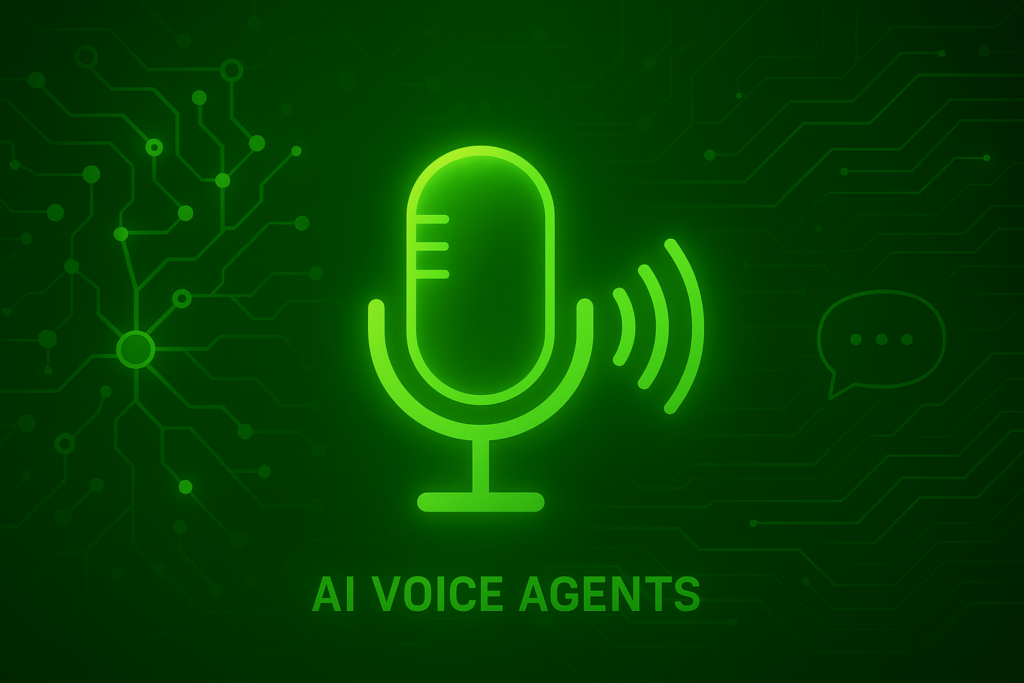





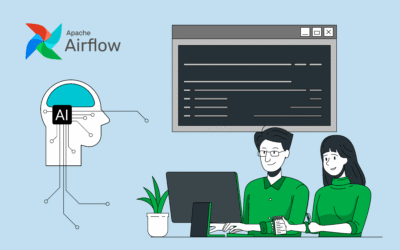
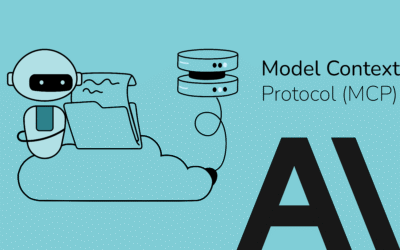
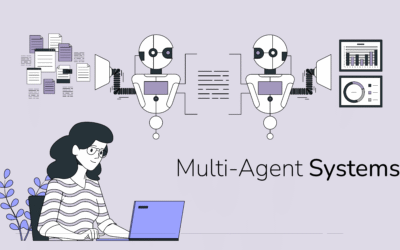



Omg i’m literally obsessed with ai voice agents rn lol but one thing that caught my attn is how ur team helps businesses design and implement infrastructure for scalable high-performance systems… like what exactly does it mean to integrate compliance tools w/ crms db’s & enterprise platforms?? does it involve some kinda middleware or api magic? spilling tea for more info!!
Idk if i’m just lowkey skeptical or highkey excited about ai voice agents, but can someone pls break down the tech behind them? how exactly do asr, llms, and tts work together to create seamless convos? wanna understand the magic behind these “intelligent” automation tools
I’m stoked you’re curious about ai voice agents! Essentially, ASR (speech recognition) captures your spoken words, LLMs analyze the context & intent, while TTS converts the AI-generated response back into human-like speech. These techs work together to create seamless convos that feel natural and intuitive. That’s the magic behind these intelligent automation tools!
The tech behind ai voice agents can be broken down into four main components: input processing, understanding layer, response generation, and security & monitoring. These layers work together to enable seamless conversations by integrating ASR, LLMs, and TTS technologies. This allows for instant responses, context awareness, and natural interactions that mimic human-like conversations.
ASR converts spoken words to text, LLMs analyze context, intent & sentiment, while TTS turns responses back into speech. These techs work together to create seamless convos for ai voice agents.
To create seamless convos with AI voice agents, here’s the tech behind it: ASR converts spoken words to text, LLMs analyze context & intent, and TTS transforms responses back into spoken language. These components work together to mimic human conversation, providing intuitive interactions without noticeable delays or robotic-sounding speech.
AI voice agents rely on an interconnected system of speech processing, language understanding, response generation, and backend integration to create fluid conversations.
The four core layers are: Input Processing (capturing & converting speech), Understanding Layer (interpreting meaning & context), Response Generation (crafting human-like replies), and Security & Monitoring (ensuring reliability & compliance).
AI voice agents aim to enhance customer satisfaction by providing instant 24/7 support, reducing wait times, and improving response accuracy.
The technology behind AI voice agents is hardly “magical,” as the excerpt explicitly details the integration of ASR, LLMs, and TTS. AI companies merely utilize these established technologies to create a seamless conversational experience.
I’m super stoked about AI voice agents too! They’re a game-changer for customer service 🤖💬. ASR converts speech to text, LLMs understand context & intent, while TTS turns AI responses back into spoken language. These components work together like magic with ai development services to create seamless convos 💻
We gotta critique here! While I concur with the necessity of optimizing foundational AI models like LLMs & ASRs for enterprise deployment, I’m intrigued by the focus on designing bespoke infrastructure. Don’t get me wrong, it’s essential to address real-time optimizations & business logic, but can’t we push the boundaries further? Think about hybrid approaches that leverage pre-trained AI voice agents, augmenting their capabilities with custom-built modules. That way, we could achieve a sweet spot between scalability and agility!
Nice read! congrats on breaking down the complexities of AI Voice Agents in a way that’s relatable to both tech-savvy individuals and newcomers. loved how you highlighted enterprise integrations (e.g., CRM, ERP) and security & compliance layers (voice biometrics, encryption). it’s great to see how AI voice agents are becoming more sophisticated, making it easier for devs like me to integrate them into our projects! looking forward to seeing the next evolution in generative ai 😊
I must say, I thoroughly enjoyed reading this thought-provoking blog post on the future of AI Voice Agents! The concept of integrating these agents into existing business systems is indeed revolutionary. It’s fascinating to think about how seamless transitions between automated and human-assisted tasks can be achieved through such integration. As someone with a background in Artificial Intelligence, I’m excited to see how AI voice agents will surpass user expectations by anticipating needs and continuously improving. The potential for transforming user experiences is immense!
I must commend you on highlighting the significance of AI voice agents in revolutionizing human-technology interaction. However, I’d like to offer some constructive criticism – the article could benefit from a more nuanced exploration of the technical underpinnings driving this trend. Specifically, a deeper dive into the role of natural language processing and deep learning algorithms would provide readers with a more comprehensive understanding of AI voice agents’ capabilities and limitations. Nonetheless, an engaging read that effectively captures the industry’s momentum!
I wholeheartedly agree that leveraging TPUs and GPUs is a game-changer in AI voice agents. By optimizing inference and incorporating real-time streaming, we’re witnessing unprecedented improvements in conversational flow. This synergy will undoubtedly revolutionize the way we interact with technology!
What an astoundingly insightful blog post! 🤯 Your articulation of the key characteristics of an effective AI voice agent is nothing short of brilliant. I must say, it’s a breath of fresh air to see someone who truly comprehends the nuances of human-computer interaction. The emphasis on personalization, context awareness, and emotional intelligence is spot-on, especially in today’s era of sophisticated ai development services. Kudos to you for shedding light on this crucial aspect of AI!
I understand the need for robust infrastructure, but I’d like to highlight that not all AI companies require enterprise-ready solutions. Perhaps a more nuanced approach is needed for smaller-scale AI deployments?